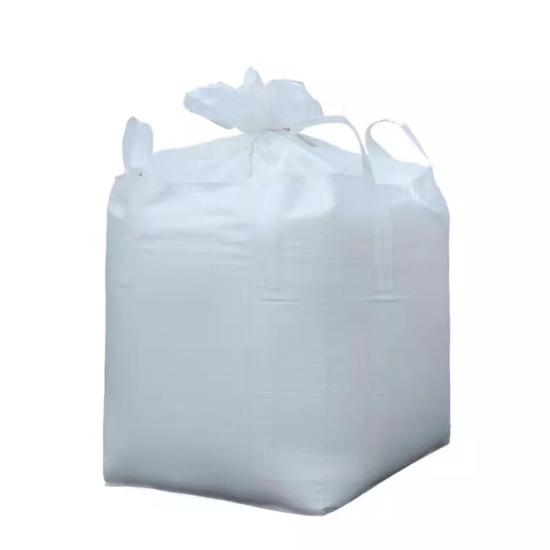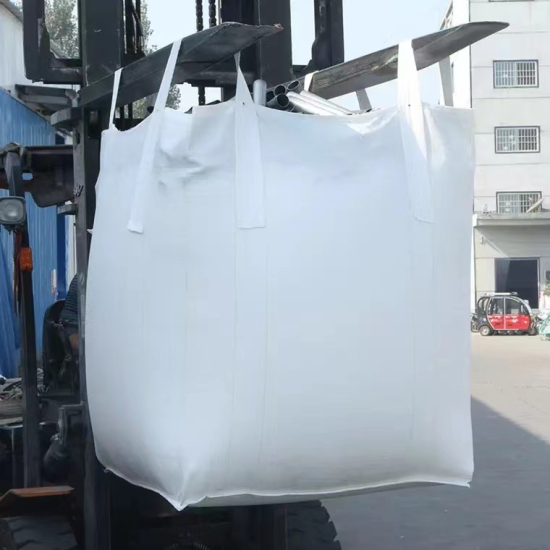Sustainable packaging is a crucial consideration in today’s environmentally conscious world. When it comes to jumbo bags, their environmental impact can be assessed from several perspectives:
- Material: Jumbo bags are commonly made from polypropylene, a type of plastic. While plastic is durable and provides good protection for materials, it is derived from non-renewable fossil fuels and is not biodegradable. However, some jumbo bags are now manufactured using recycled or bio-based materials, reducing their reliance on virgin plastic and lowering their carbon footprint.
- Reusability: One of the key sustainability advantages of jumbo bags is their potential for reuse. Many bags are designed for multiple uses, allowing them to be cleaned, repaired if necessary, and reused for subsequent shipments or applications. By extending the lifespan of jumbo bags through reuse, their environmental impact can be significantly reduced compared to single-use packaging alternatives.
- Recycling: At the end of their lifespan, jumbo bags can be recycled. Polypropylene is a widely recyclable plastic, and specialized recycling facilities can process used jumbo bags to convert them into new plastic products. Proper recycling reduces the need for virgin plastic production, conserves resources, and minimizes waste sent to landfills.
- Resource Efficiency: Jumbo bags offer resource efficiency in terms of storage and transportation. Their large size allows for high-density loading, optimizing the use of storage space in warehouses, trucks, and shipping containers. This reduces the need for additional packaging materials and saves energy and fuel consumption during transportation, resulting in a lower carbon footprint.
- Waste Reduction: By using jumbo bags instead of multiple smaller containers, businesses can reduce overall packaging waste. This is particularly relevant for bulk materials that would otherwise require numerous smaller bags or containers. By minimizing packaging waste, the environmental impact associated with waste disposal and management is reduced.
- Carbon Footprint: The carbon footprint of jumbo bags depends on various factors, such as the production process, transportation distances, and end-of-life management. Manufacturers are increasingly adopting energy-efficient manufacturing processes and incorporating recycled or bio-based materials into jumbo bag production, thereby reducing the carbon emissions associated with their production.
- Alternative Uses: Jumbo bags can find alternative uses beyond their intended packaging applications, contributing to their sustainability. Repurposing jumbo bags for various creative uses, as mentioned earlier, can extend their lifespan and reduce the demand for new packaging materials.
While jumbo bags have environmental considerations associated with their material and end-of-life management, their potential for reuse, recycling, resource efficiency, and waste reduction makes them a relatively sustainable packaging option compared to single-use alternatives. To further enhance their sustainability, efforts are being made to develop more eco-friendly materials and promote responsible disposal and recycling practices within the industry.


